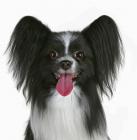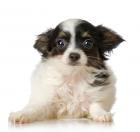Papillon
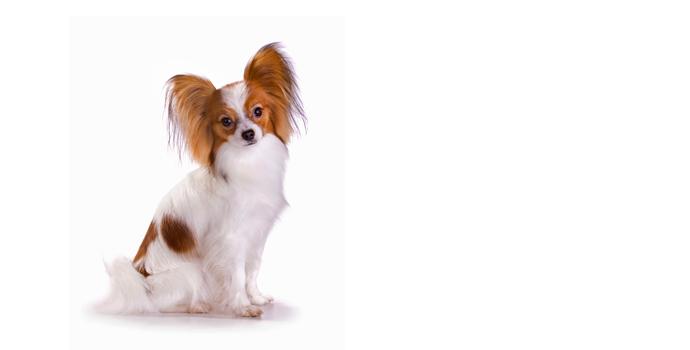
In my own words
“Morning! Time to get up and go for a walk! I’m like the cutest alarm clock- my boundless energy means I have enough for the both of us! I always look forward to walks. I need them daily for exercise, but I mostly like able to explore and socialise. I’m a bit of a social butterfly you see. Funny that as my head kind of resembles a butterfly – that’s what my name ‘papillon’ means... Anyway yes I’m very sociable and I love entertaining your guests so you can just sit back and watch the show. My sense of humour combined with the tricks you’ve taught me makes for good watching. I can learn tricks really easily, I’m a model student and my breed is known for doing well in shows... AHEM! WAKE UP. We need to walk the children to school- I get on really well with the children and their friends and am always a hit at the playground. Okay, I’ll admit it, I LOVE the attention. I crave your attention and if I am ignored I get a bit peeved. See it as a compliment, it’s just because your attention is SO worth having! Are we off now? Excellent.”
My ideal owner(s)
Singles
Families with Older Children
City Dwellers
What they say about me
Intelligent
Friendly
Playful
Affectionate
Active
Cute
Falling in love with me? Excellent. Read on to find out more about me and see if I’m the perfect addition to your family!
Is this Papillon for you?
Test your knowledge about the Papillon
Information essential about the Papillon
Kennel Club Group: Toy/Spaniel
Size: Small
Weight Male 4-5kg Female 3-4kg
Height Male 8”-11” Female 8”–11
Popularity:
Breed History:
The Papillon originated in the 16th century, a popular lap breed of nobles and aristocracy in Europe. The French translation of Papillon is Butterfly, which they resemble with the white blaze on the forehead as the body, and the fringed ears as the wings. They are quite often considered to be a dainty breed, but in reality are well balanced and lively.
The ‘Butterfly Dog’ is named for the large, classically looking butterfly shaped ears, which are fringed with long, fine hair. A Papillon with dropped ears instead of erect is called a ‘Phaléne’, which is French for ‘moth’. Though considered a separate breed, both Papillons and Phalènes are judged by the same standards (and can even appear in the same litter).
Seen in art and read about in literature for over 700 years, the Papillon is a toy breed of Spaniel. The breed originally only had dropped ears instead of the erect ones we know today, and were called the ‘Dwarf Spaniel’. This small dog is easily recognisable in early Renaissance paintings, including works by some of the great masters of that time. They were often painted on the laps or at the feet of the noblewomen who commissioned the portrait. The most well-known of all Papillon owners in history was Marie Antoinette who, when she was brought to face charges in court, had a small Spaniel with her. When Marie Antoinette faced her death, it is said that her small dog was saved and went on to live in Paris in a building that is still, to this day, called the Papillon House.
Character:
The Papillon enjoys meeting new people and rarely shows a shy or aggressive nature. They love people and greet everyone confidently with affection. Despite their small stature, they are a very hardy breed with a high energy that does well in agility trials. The Papillon can get defensive of their owner, and will alert their family to danger or visitors with a tendency to bark at unfamiliar sights and sounds. As part of a family, they do well with older children as small children may be too reckless for this breeds fragility.
Like many other small breeds, they can develop negative behaviours if allowed to become master of the house. Sometimes called ‘small dog syndrome’, the dog assumes the alpha role in the household and exhibits behaviours such as possession guarding, picky eating, separation anxiety and nipping. This is rectified when the owner of this breed shows firm, calm and confident leadership and instigates a routine of early training and socialisation, making sure the dog develops as a well-rounded individual. They can be great with other animals and children if they are properly introduced to them and learn how to behave around them, but if not the Papillon can become untrustworthy and not a suitable family pet, which is a shame as this is the fault of the owner, not the dog.
Temperament:
Papillons have a great sense of humour and enjoy being the host if you have guests. They like to put on a show and enjoying paying humans as much attention as we enjoy paying them. One thing to consider is the Papillon does require attention frequently, usually every hour, in order to be happy. They do not like being ignored and it can make them annoyed and prickly.
Conformation:
The Papillon's coat is long and flowing, and is silky in texture. They have no undercoat. Their coat will fluff at the chest area, and is fringed at their ears. The Papillons coat is white with patches of colour, which include black and red. They may also be tri-coloured with white body, black and tan markings. The hallmark colouring covers both eyes and ears completely and a white blaze on the forehead. They are moderate shedders.
The Papillon is a small, delicate and fine boned toy dog. The small head is slightly rounded between the ears and the muzzle is short and thin, tapering away to the nose. The dark, round eyes have black rims. The large ears can either be erect or dropped with rounded tips. The hair on the ears is long, and fringed, giving the characteristic butterfly look. The long tail is carried over the body, and also covered with long, fine hair. The single coat is long, straight and beautifully fine. This dog has more abundant hair on the chest, ears, back of the legs and the tail. Coat colour is white with patches of any colour including red, black, lemon, sable, brown and liver. A mask of a colour other than white usually covers parts of the head and face which enhances the ‘butterfly’ look for which the dog is named. Papillons have an elegant, poised and alert look.
Colour:
White with patches of any colour including red, black, lemon, sable, brown and liver.
Training:
The Papillon is extremely obedient and has an uncanny ability at problem solving. They require intense socialization at an early age, most notably with cats. They do very well in obedience and agility, and are highly trainable in the competitive show ring. They also make excellent therapy and service dogs. They respond best to consistent, loving, gentle guidance. The Papillon also loves to learn and perform tricks. They are typically easy to housetrain.
EXERCISE:
The Papillon loves outdoor exercise and enjoys a daily walk. Yards must be securely fenced, as this breed will use their problem solving skills to escape if left unsupervised. The Papillon is an active indoor breed and some of their exercise needs can be fulfilled with play sessions. The Papillon needs a considerable amount of stimulation and exercise given its relatively small size, and this should not be overlooked when considering one as a pet.
Care:
The Papillon is a moderate shedder. Therefore, they need to be brushed several times a week. It is important to pay particular attention to the hair behind the ears and on the stomach as these areas are prone to matting. They should only be bathed when necessary, dry shampooing will typically suffice. It is important to keep the pads of their paws trimmed to prevent splaying.
Health:
The Papillon is prone to various health issues such as cataracts, patella luxation, and Von Willebrands disease. Along with other toy breeds, Papillons are prone to a disease called Hydrocephalus. It is often diagnosed by the puppy having an abnormally large head, during the initial months of life along with symptoms such as a soft skull plate rather than a solid bone. They are often lethargic and do not grow as well as their litter mates. The outlook for a pup with this is not usually positive. That said, as a breed, they do exhibit a soft spot in their skulls, and they are the only breed of dog to be born with an incomplete skull. As the pup grows, this will usually join and complete, but care needs to be taken during the initial months until the skull is fully formed. Many vets not familiar with the breed or inexperienced breeders can mistakenly confuse this with actual Hydrocephalus. Bone fractures are also common in this little dog, given that its bones are so fine, so the owner should be careful with them jumping down from furniture and the like. As they are so small, they can also squeeze through any tiny gap in fences and walls and, with its adventurous sense of independence intact, it can make a dash for freedom where injury can occur when not under supervision.
Common health issues include kneecap and joint problems and difficulty under anaesthesia.
You may also like:
Papillons looking for a home in UK »

If you like Papillons, you may be interested in breeds of the same size »
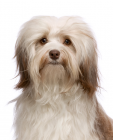




If you like Papillons, you may like other breeds with similar characteristics »
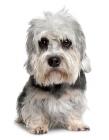
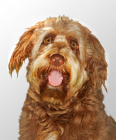
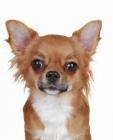
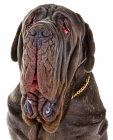

If you like Papillons, you may be interested in these other toy dogs »

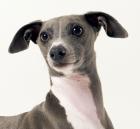
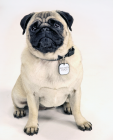


Advice on choosing your breed »
Find an animal shelter or rescue home where a Papillon is waiting for a new home »
The following grid gives a fast track review which covers all breeds. You can apply it to help you decide if a Papillon is suitable for you, the environment where you live, your personality and your lifestyle. On the grid, 1= strongly disagree, and 5= strongly agree. For example, if you are looking for a dog that is good for a jogging companion scroll down and you will see in red the Pappilon score is 5; this means he is an excellent jogging companion. You might like to save or print off this section and keep it for reference while you check some other breeds before making your final choice.
Be the first to rate this breed »
|
*PLEASE NOTE: All our breed profiles are general, and all dogs are individuals. Always talk to the breeders and meet the owners you are buying from. Try to meet the dog and its parents if it is a puppy in their home environment.








